Inspirational Mosse: Nicholas, Paul, Richard and Tania Mosse
★★★★
Hillsboro Fine Art, Dublin
At Hillsboro Fine Art, John Daly has arranged a gathering of Mosses. Mention the name and you’re likely to think of the spongeware ceramics produced by Nicholas Mosse Pottery, the biscuit-coloured tableware, embellished with elegantly simple vegetative and animal motifs that has become an internationally recognised brand. It has a retro feeling and is inspired by traditional forms, methods and materials, all of which is successfully combined with a crisp modern aesthetic. And it is not an industrialised enterprise, it is all hand-thrown, glazed and painted by a relatively small number of skilled, experienced craftspeople.
The pottery was set up in 1976 by Nicholas and his partner, Susan Mosse, who had come to Ireland from the United States. Nicholas himself was not that long returned from a spell in Japan. Ceramics brought him to Japan, but in fact he’d been making ceramics since he was only seven years old. The Mosses were a Quaker family and they had a corn mill on a bank of the river Nore at Bennettsbridge, Co Kilkenny from around 1825. It was a vital component in the area’s agricultural economy. Nicholas’s father, Stanley, had actually trained as a sculptor. Soon the pottery took over the disused mill buildings and harnessed the river as a power source.
Nicholas was one of five siblings. The exhibition, succinctly titled Mosse, includes work by three – Nicholas, Paul and Tania – and by Nicholas and Susan's son Richard, who has built up an increasingly prominent profile as an artist whose work centres on photography, though not in the straightforward sense of the term. There is not an item of spongeware in sight. Ceramics, yes: a series of beautiful bowls, almost austerely classical, densely embellished with fine-patterned ceramic buttons. In an oval decorative panel, austerity is elbowed aside by bawdy humour once you look closely. Mischievous humour is a hallmark of Nicholas's perennial good cheer.
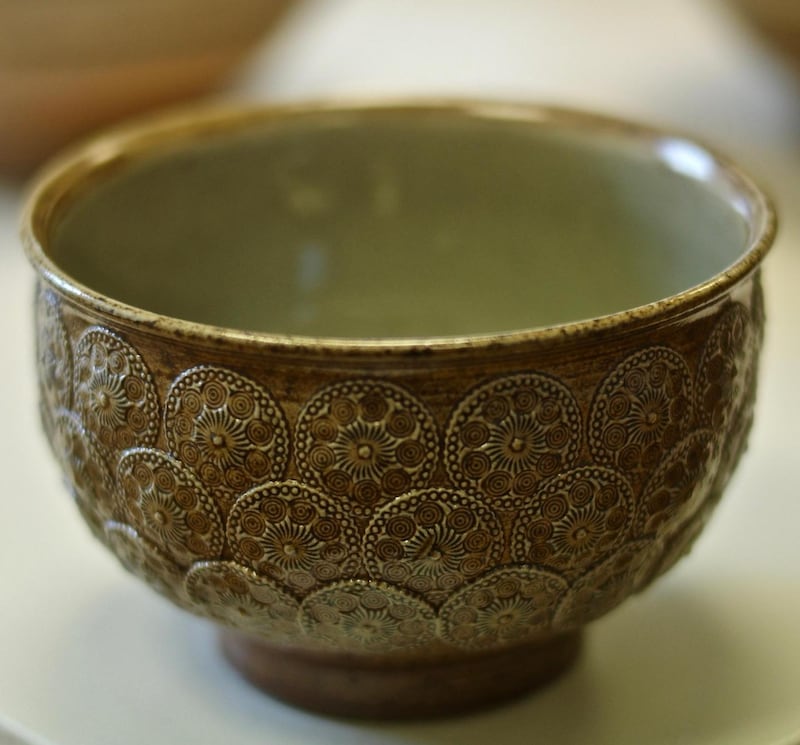

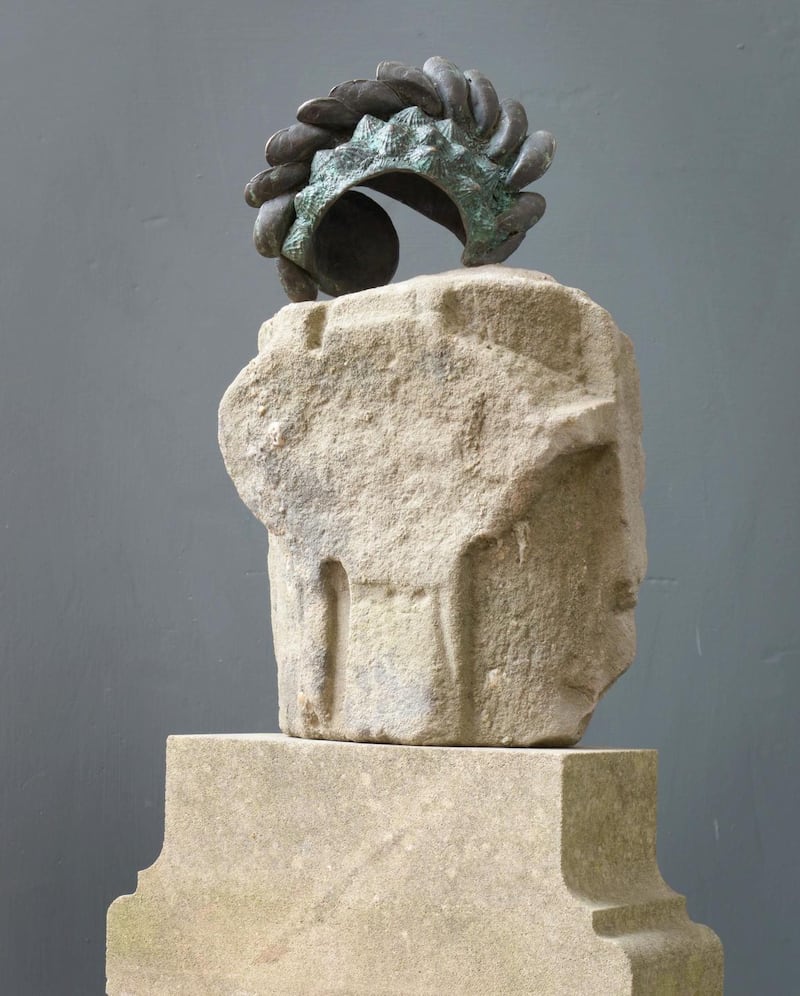
It is fair to describe Paul Mosse as a sculptor so long as you accept that it's an incomplete description. As his survey show at Visual in Carlow last year demonstrated, he makes extraordinary, puzzling, even perplexing objects that emerge from labyrinthine, obsessive working processes encompassing carving, cutting, stitching, drawing, painting, assembling, burning and more. The survey also suggested, more clearly than any previous show, that the objects are like beings, entities emergent from and enmeshed with the natural, material world. That's explicit in a brilliant, quite small piece included in Mosse and titled simply Head. This mesmeric object, which could equally be called Mind or Being or something equivalent, really puts it up to us.
In a way the revelation of the show is Tania, who studied in Winchester and is based in Wales. Like Nicholas, she is a gifted ceramicist, but she is also a sculptor, and a stone cutter and carver. Her great strength is that she can move between and on occasion combine bronze and stone with an impeccable feeling for form, texture, pattern and structure. The forms are usually based in nature.
A winner of prestigious awards – the Deutsche Börse and the Prix Pictet (with a collaborative work) – Richard has, following a complicated academic path from King's College to Goldsmiths to Yale, had a global perspective. He established himself with a series or photographs made in a region of the Democratic Republic of Congo torn by conflict. He used infrared-sensitive film to produce disorienting, false-colour images – one is on view. Later he used heat-sensitive film to make ghostly images of groups of "invisible" migrants. Mosse is, in other words, a bracingly divergent experience, but all members of the family share a work ethic and draw on formidable reservoirs of talent.
[ hillsborofineart.comOpens in new window ]
Road Trip: Conrad Frankel
★★★★
Olivier Cornet Gallery, Dublin
Conrad Frankel's Road Trip is a record in plein air landscapes of three months spent travelling by car, mainly in Italy and then through France, over to Cornwall and finally in Ireland. Frankel began in Florence. There is a wonderful, out-of-print Tale University Press book by Peter Galassi called Corot in Italy. Superbly illustrated and exhaustively researched, the volume charts Camille Corot's artistically formative, amazingly productive three years in Italy in the early 19th century. The paintings he made there look back to classicism, and a time when artists from all over Europe gravitated towards Rome, but also forwards to the freshness and immediacy of impressionism. Apart from anything else, the book is a useful corrective to an overly linear, sequential narrative of art history.
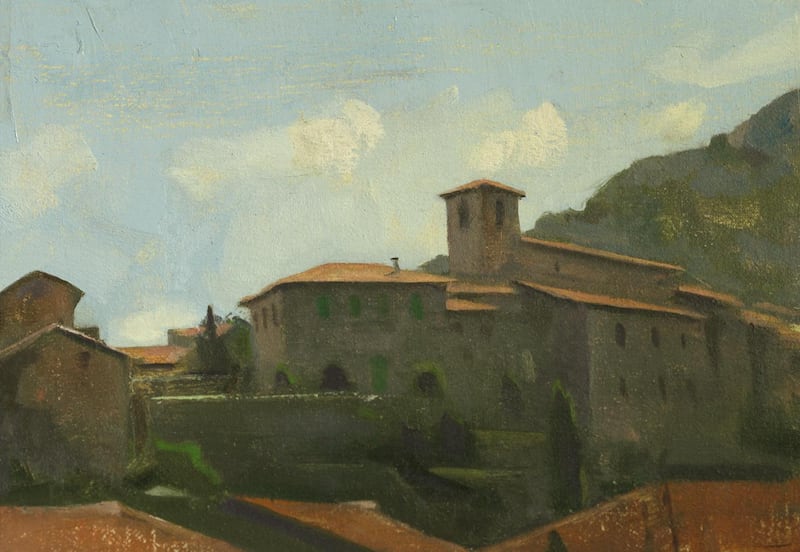
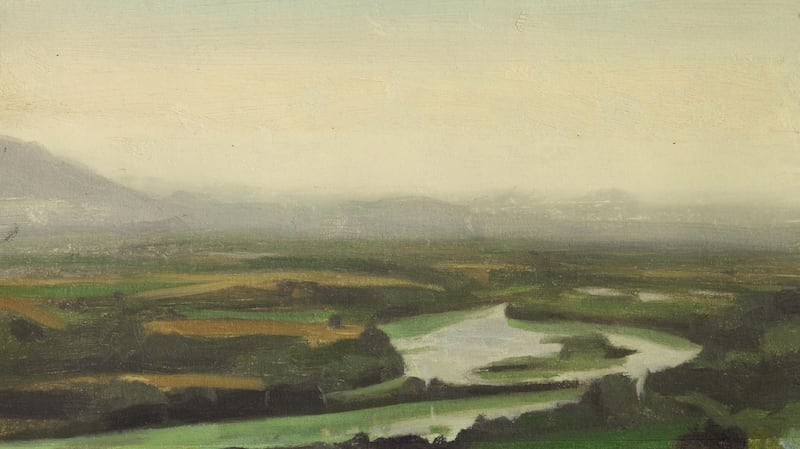
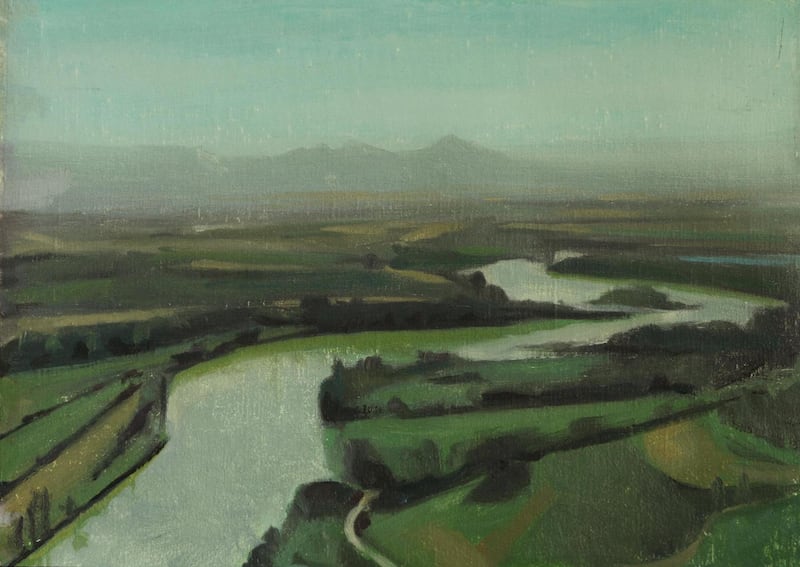
Frankel had Corot in mind and went to Papigno and Narni, as he had done. Frankel’s landscapes are modest, considered, beautifully judged and classical. He also visited Morandi’s home. The sympathy between Corot and Morandi is clear and, judging by Frankel’s work, both painters are major influences on him. Less predictably, he visited sites in Cornwall, where John Betjeman had lived and, in Ireland, he went to Co Sligo because of its Yeatsian associations. He brings the same calm, even temperament to the Irish landscape, including Ben Bulben, without any sense of contrivance.





















